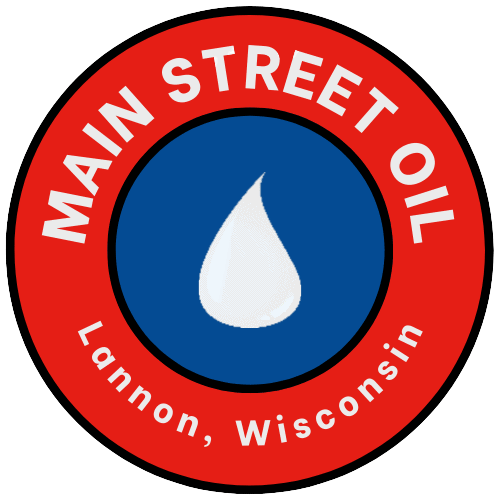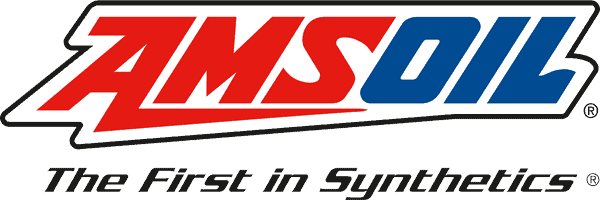Publisher's Note: Welcome to our 26th edition of Tech Tips Tuesday on "Mastering Thermal Management in Vehicles: Cooling Systems Explained". We'll be re-publishing an edition of AMSOIL Tech Tips for you every Tuesday. Click on the Blog Category "Tuesday Tech Tips" to see everything published to-date.
Mastering Thermal Management in Vehicles: Cooling Systems Explained
John Gardner: Ah, nothing better than some ice-cold water. Now, is it really cold? Is the cold going into my hand, or is the heat going into the bottle? Welcome to this AMSOIL Tech Tip. It's all about the law of thermodynamics. That's how vehicles work. Let's take a look at a couple of cool systems.
Now, you can see this first one here. This is actually like your vehicles. This is a liquid-cooled system, and the law of thermodynamics says heat moves from hot to an area of less heat. So think about this: the coolant going into your engine about 200°, then your cylinder's firing at about 1700°. So, law of thermodynamics, bam! The heat's going to jump from the cylinder to the coolant, take a ride all the way up to the radiator.
Now we're at about 220-230°, the outside air is at 80, 70, 60°. Guess what? The heat jumps off to the outside air. We're removing the heat from the block, boom, throwing it outside.
Now, you can see it over here. This is a coolant system on a motorcycle. Here we're dealing with some Harley products today, and this is pretty cool. On this one, it's firing, you don't have that liquid cool, you just have air-cooled. So, you got that huge temperature inside of here, and then you're at the mercy of these fins here for heat transfer to the outside air. I actually have the cylinder right here, which is really cool, and my little piston.
So, what's happening is the piston's going up and down in there, firing, and then we're getting that massive amount of heat, and we're at the mercy of these fins to cool it. Then, that makes for problems, man. That's a lot of heat.
And you actually have some proof here. Walk us through this clip.
Len Groom: It does. This is an air-cooled engine that we had on the dyno here. We were simulating what this bike would see in, like, what we'd call a parade cycle, where you take away all of the cooling air and just let the engine get very hot. As you can see, the oil temperature jumps to 300° very quickly.
John Gardner: Now, that's huge. I mean, we're talking about Harley's and that twin cycle and all that thing going on in there. There's a massive amount of heat. You guys got a product that's going to combat that, or actually deal with that. Talk about it.
Len Groom: That's correct. When you're building something for an air-cooled engine, it's important that you look at viscosity breakdown as it relates to heat. So, you want to use a real robust base oil, high-end synthetic type stuff, um, to avoid that breaking down. And then, this chart we're showing here, you can actually see where the OEM product actually lost more viscosity than ours did, six times more, actually.
John Gardner: Yeah, and AMSOIL actually says that that's six times better than the OE oil.

Mastering Thermal Management in Vehicles: Cooling Systems Explained
Please contact Keith, at 262-853-7900 for information about the AMSOIL preferred customer program, including the discounts you get to be able to buy at wholesale prices. And, as we said, Preferred Customers get a print copy of the AMSOIL Preferred Customer Magazine FREE via US Mail - as well as wholesale pricing on AMSOIL products. Click here to become an AMSOIL Preferred Customer, or contact Keith, at 262-853-7900.
Regards,
Keith Klein
Organizer, Wisconsin Business Owners
Founder & CEO, OnYourMark, LLC
We welcome your comments, questions and suggestions about Thermal Management in Vehicles. Please contact us with questions. Best to call, email or visit our site for the best response. We do invite you to engage with us on social media (just not for immediate needs). As always, if you like, you will find us on the following social media sites, among many others:
Facebook
LinkedIn
Twitter

